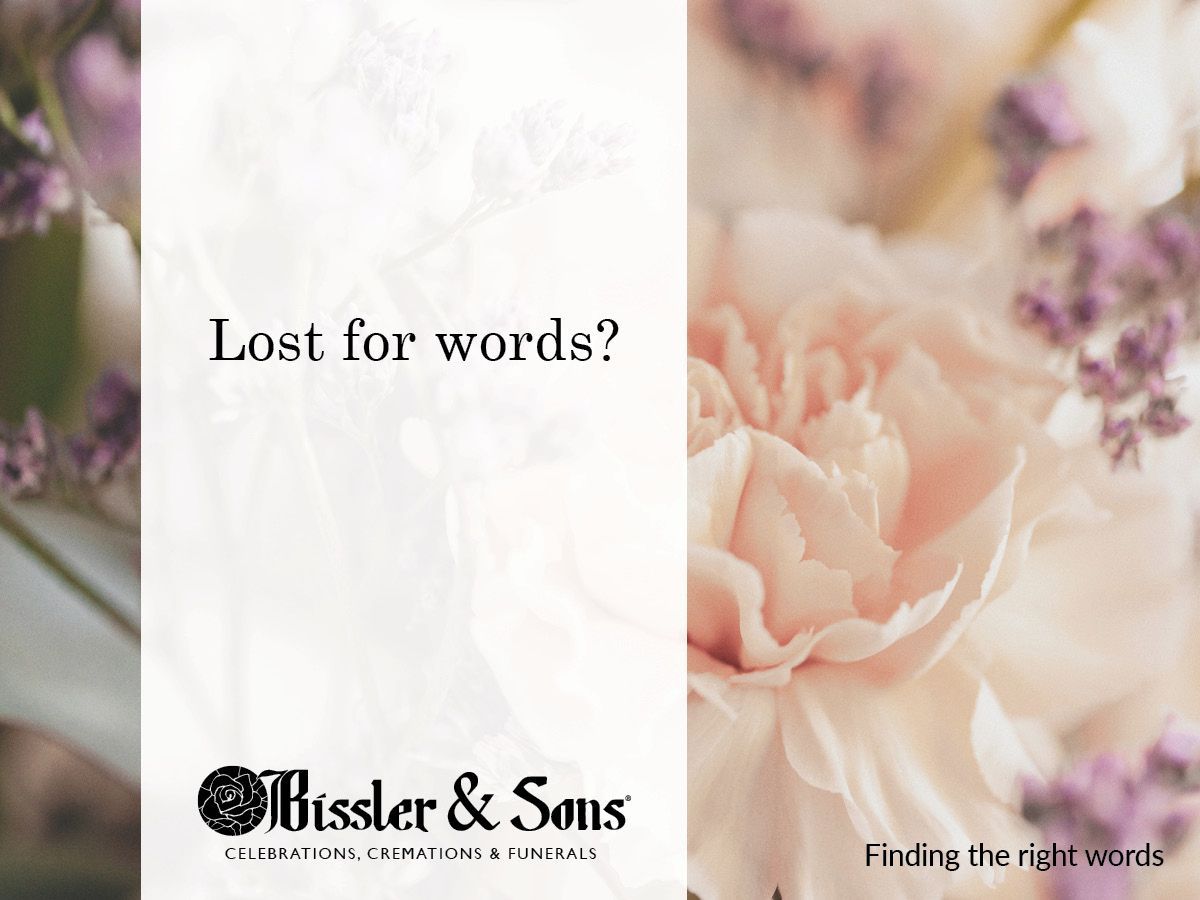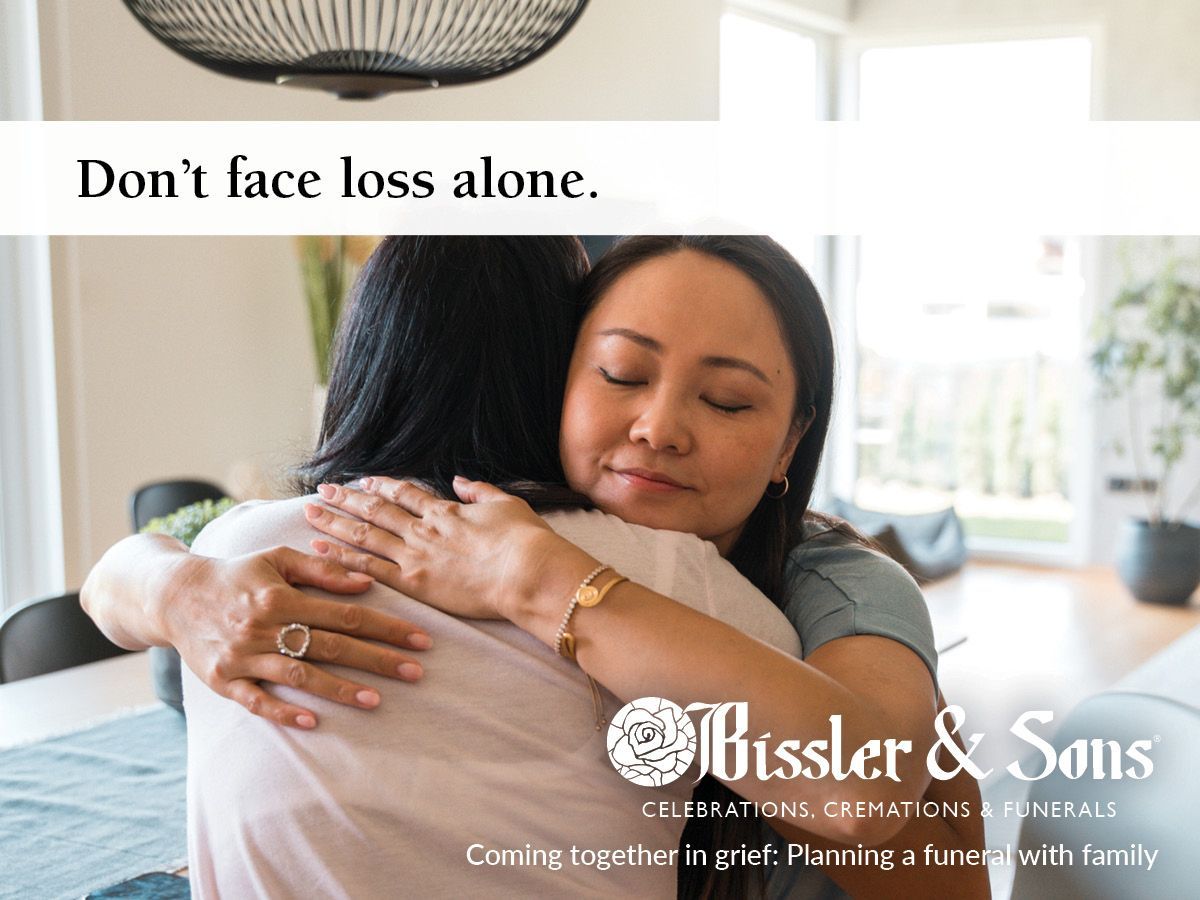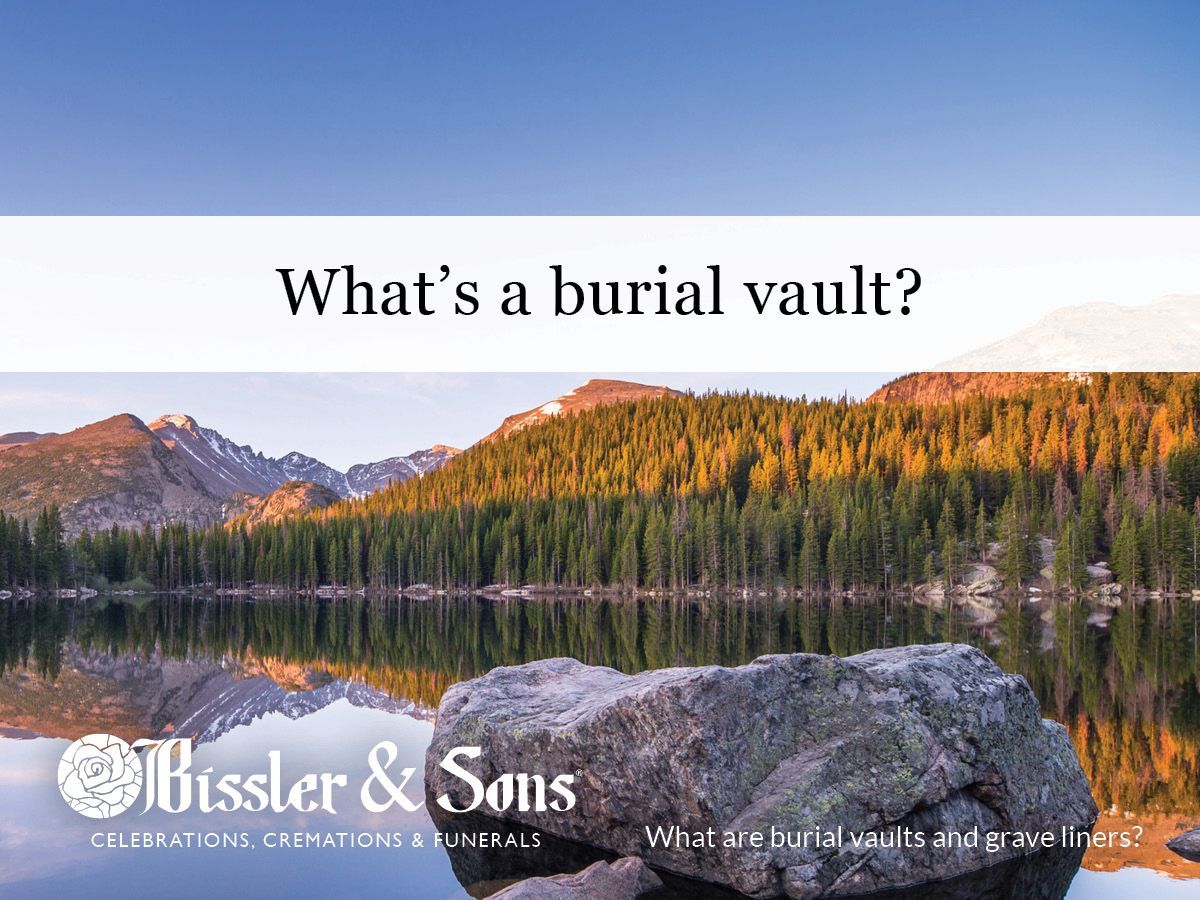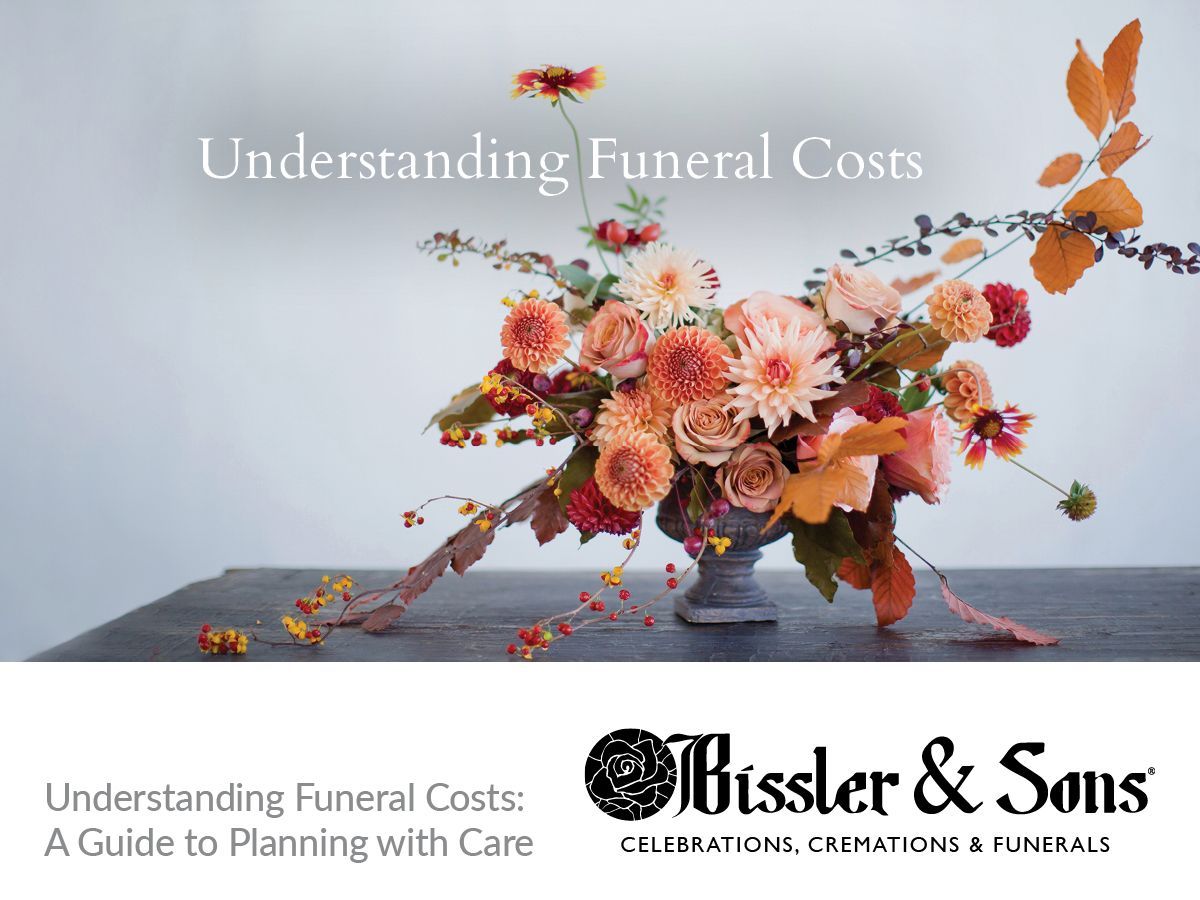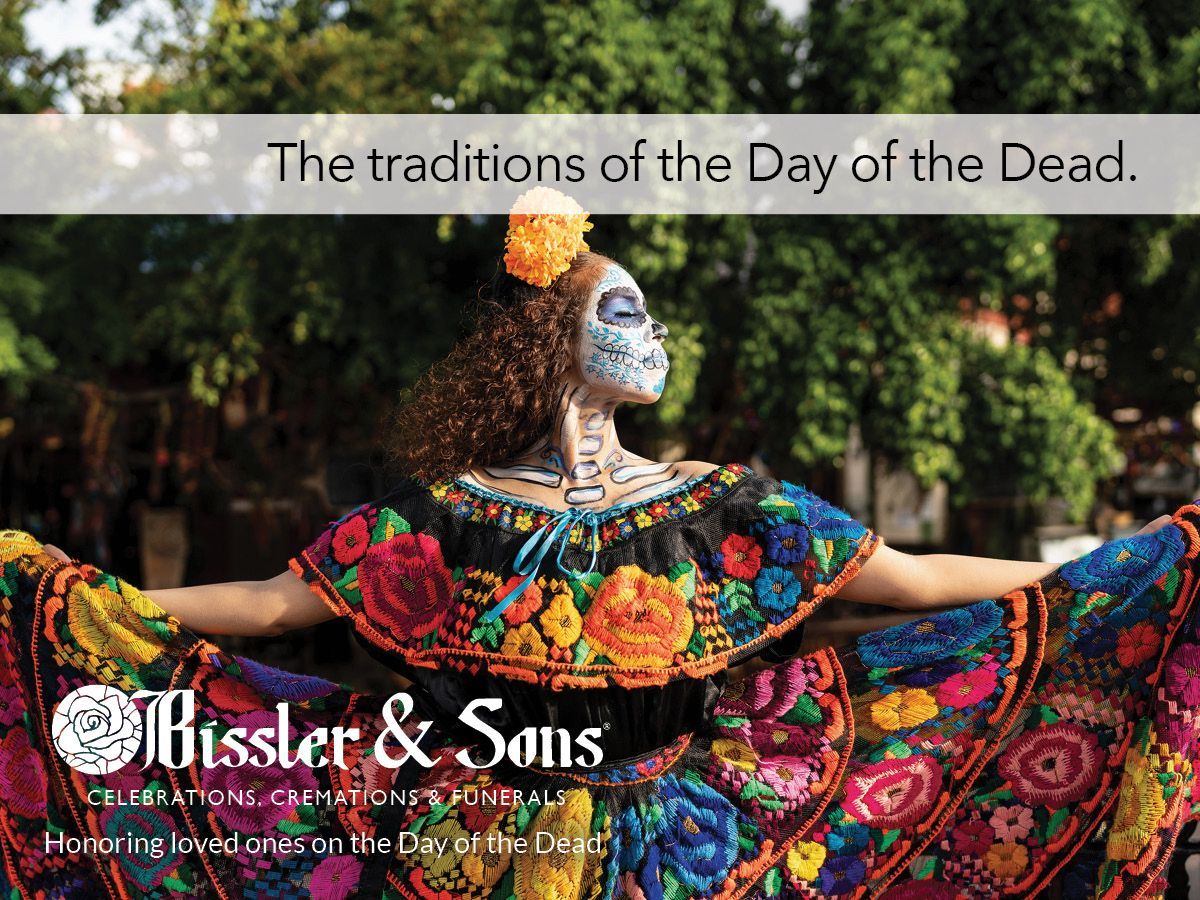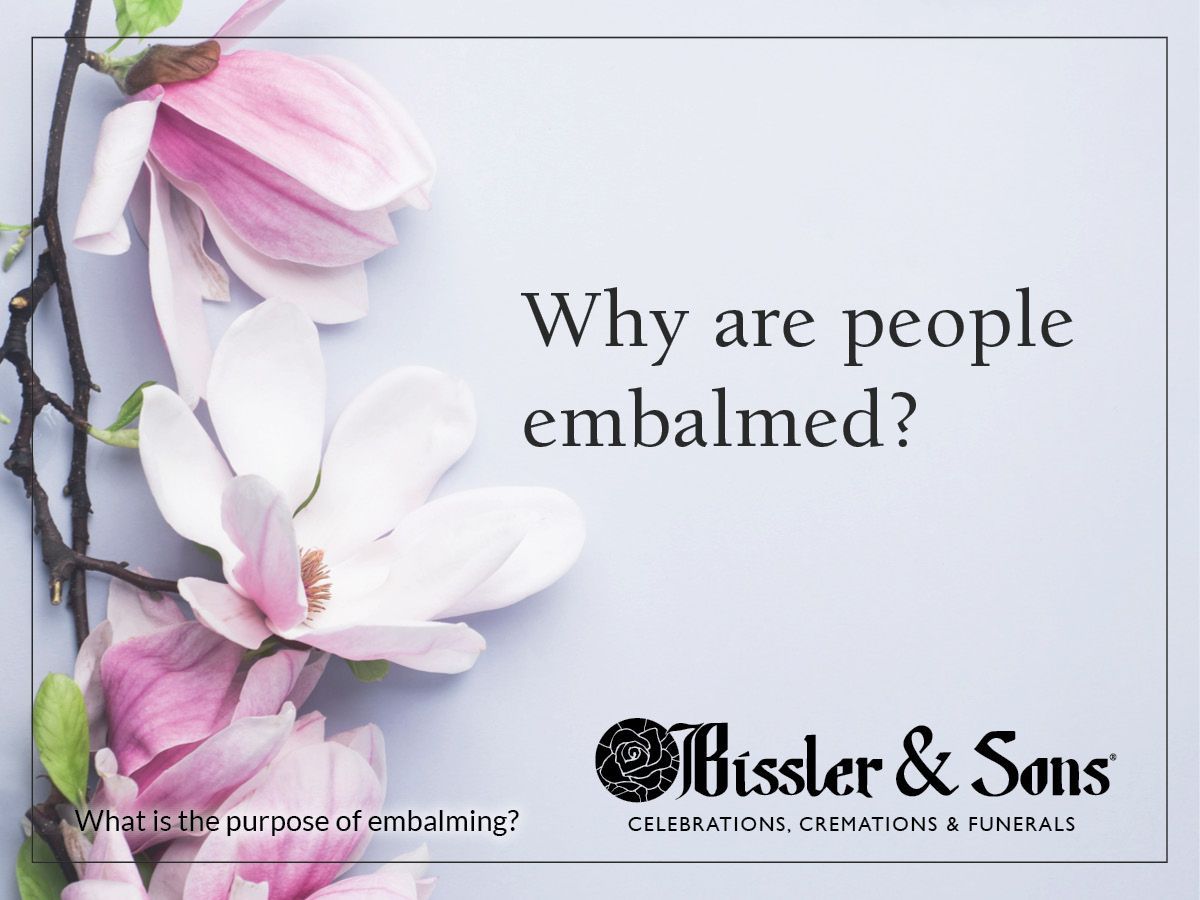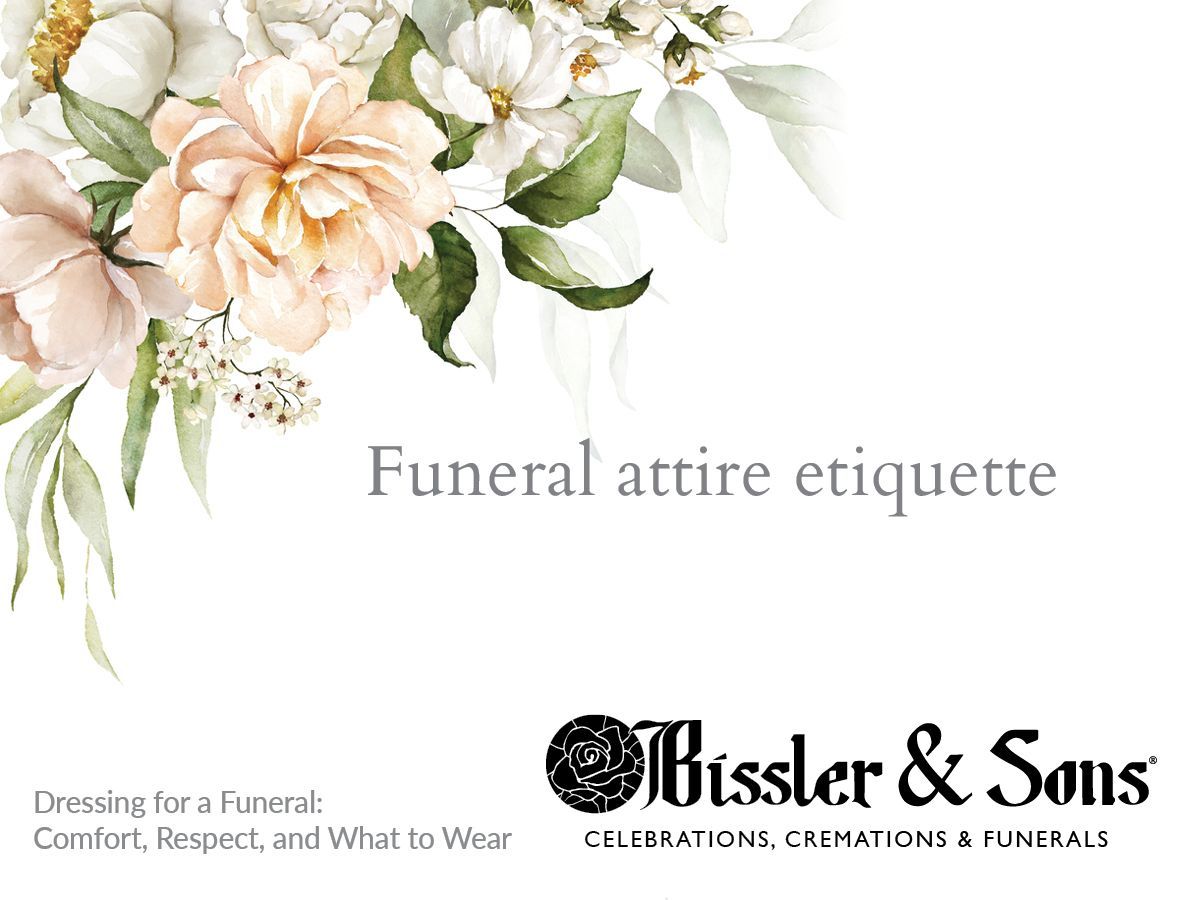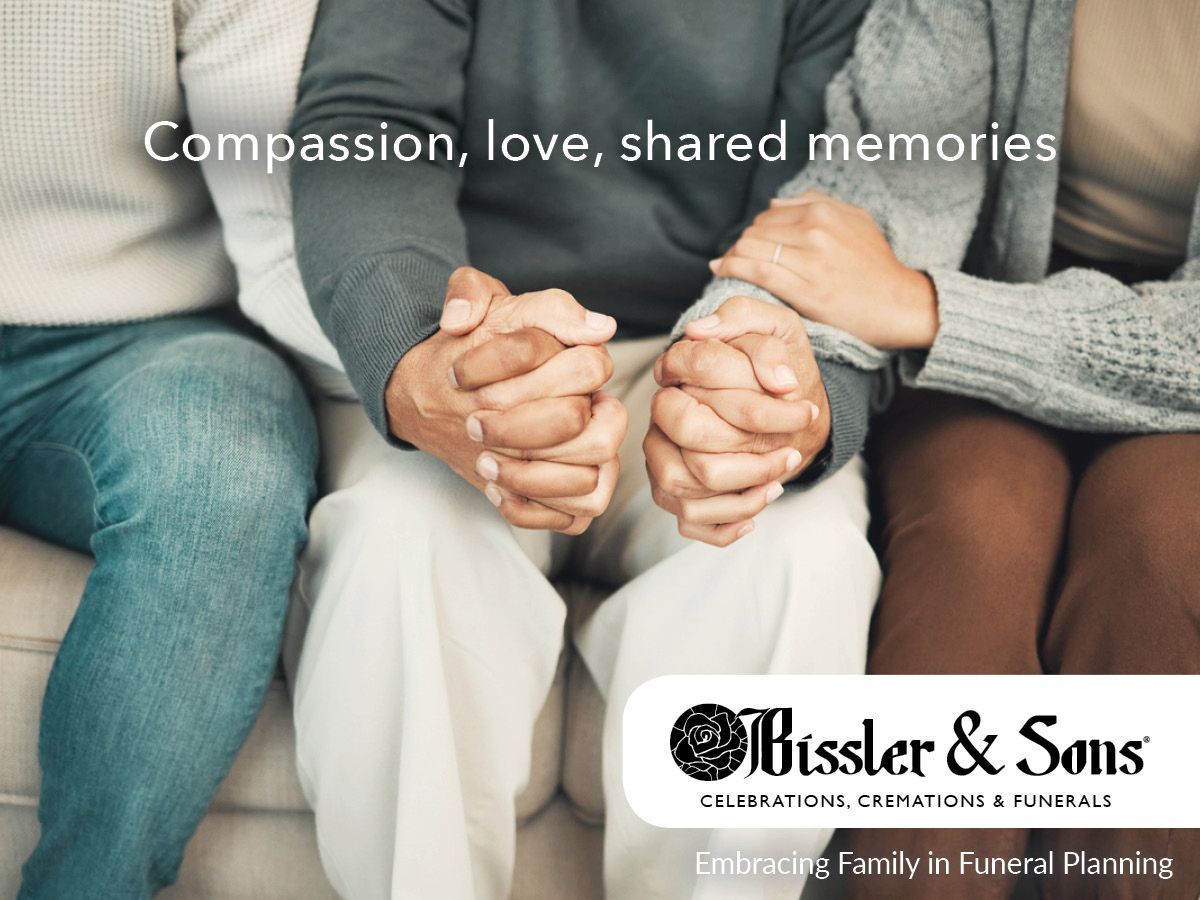What Happens at a Committal Ceremony?
When we think of a funeral, what we often picture is considered to be a traditional funeral. But funerals can take many different shapes and forms. They may consist of various services with numerous guests gathered, or they may just be one brief and private ceremony for family to attend. When you’re planning a funeral, you may be asked about your plans for a committal service. But what exactly does that mean? And how can you organize one?
What is a committal service?
A committal service is a type of funeral service that takes place in a cemetery in which a decedent is committed to the earth. This ceremony, sometimes called a graveside service, may be a standalone funeral service, or it may come after a more traditional funeral service. Funeral-goers gather at the cemetery to watch their loved one be lowered into the ground, giving them a final chance to say goodbye.
What happens at a committal service?
Committal services are often short. They typically run between 15 and 30 minutes, making them a good deal quicker than more traditional funeral services. Committal services may be either public or private. If the ceremony is private, only family may be in attendance. But even if the service is public, it’s customary for most funeral-goers to stand. The seats are typically reserved for the grieving family.
Guests will arrive by way of the funeral procession if the ceremony follows a different service. If the committal service is the only service being held, guests will come at a designated time on their own, just as they would do for a more traditional funeral service. Although anyone can have a committal service, these ceremonies are often religious. Priests usually preside over these services, but certain exceptions may occur.
The priest will lead the funeral guests through prayers and readings from scripture. Following these recitations and readings, family and friends may have an opportunity to speak. Afterward, guests are invited to walk by the casket and pay their final respects. The casket will then be lowered into the ground. Once in its final resting place, funeral-goers may place a handful of dirt on top of the casket. The service ends with funeral guests offering condolences to family and friends. The committal service may be followed by a reception, which provides guests with more opportunities to pay their respects to the grieving family.
Does everyone have a committal service?
Not everyone will have a committal service. Although anyone can have a graveside service, regardless of their religious beliefs, committal services are typically associated with Christian funeral traditions, particularly in the Catholic and Orthodox sects. In fact, committal services get their name from Christianity. The term “committal service” comes from The Book of the Common Prayer, a liturgical resource used to guide Christians through a uniform way of worship. In the book, the section devoted to the Burial of the Dead reads, “We therefore commit this body to the ground, earth to earth, ashes to ashes, dust to dust; in sure and certain hope of the Resurrection to eternal life.” We commit our loved ones to the ground in a committal service.
In Catholicism, a committal service is referred to as the rite of committal. It is the last rite of the three Catholic funeral rites. The first is the vigil, which is sometimes called a wake. This rite allows guests to offer their condolences to the grieving family and ask God to give them the strength to support one another. Eulogies may be given during the vigil. Following the first rite is the rite of funeral liturgy. Catholicism does not consider funerals to be a celebration of life, but neither are they meant to be sorrowful affairs. The funeral liturgy, which is encouraged to be done during a Mass, is intended to praise and worship God and ask for God’s compassion and mercy when welcoming the decedent to the kingdom of Heaven.
The committal service concludes these rites. The rite of committal is meant to signify a communion between the Church in the physical world and the Church in Heaven. The decedent departs the world and is believed to enter eternal life alongside God.
Can you have a committal service if your loved one was cremated?
Since committal services are often religious in nature, it makes sense that these ceremonies would be guided by religious principles. And Christianity, in particular Catholicism, has had a history of confusing guidelines around cremation. But since 1963, the Vatican has allowed cremation, though it still claims that burial should be the norm.
Since that proclamation, the Vatican has further specified that, though cremation is allowed, ashes should be kept in a sacred place. This specification lines up with the rite of committal. According to the Catholic Church, cremated remains must then be buried or interred in a columbarium, which allows for the rite of committal to take place. Ideally, the Catholic Church believes that everyone should go through the Catholic funeral rites regardless of whether they are buried or cremated.
If you are not religious, however, you can still hold a graveside service if you’re cremated and want your ashes to be interred or buried. Your service may look different from a Christian committal service since it may lack the traditional prayers and scripture readings associated with these ceremonies. To plan a committal service, whether you intend to be cremated or buried, talk to your funeral director about your funeral home’s options for graveside services.
